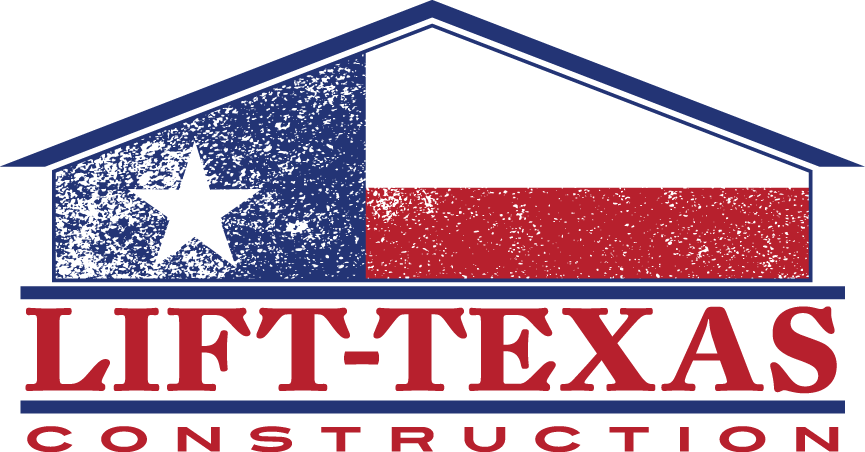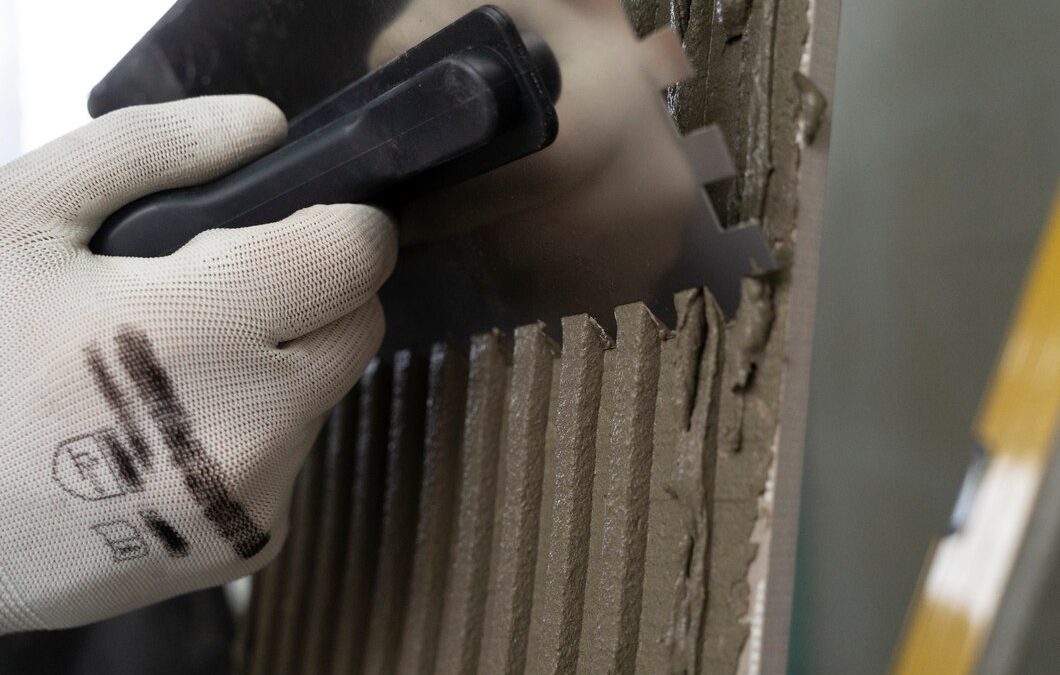Uneven concrete surfaces are more than just an eyesore—they can also be a tripping hazard and damage your property. Whether you have a driveway, patio, or basement floor that’s not level, fixing it yourself can be easier than you think. Knowing what to look for and having the right tools can make the job straightforward.
Identifying the signs of uneven concrete is the first step. You might notice cracks, pooling water, or even areas where the concrete has started to lift. Understanding these symptoms can help you tackle the problem before it gets worse. It’s also important to have a basic understanding of why concrete becomes uneven in the first place, which often involves soil movement or improper installation.
This article will walk you through the signs of uneven concrete, the tools you’ll need, and a step-by-step guide to leveling the surface. We’ll also cover some tips on how to prevent future issues so your concrete remains smooth and safe. Let’s get started and turn those uneven surfaces into even, solid ground.
Identifying Signs of Uneven Concrete
Spotting uneven concrete may not be as hard as you think. There are several clear signs that indicate you have a problem. Knowing what to look for can help you address the issue before it becomes a bigger headache.
1. Cracks: Cracks in the concrete are one of the most obvious signs. These can vary from small hairline cracks to large gaps. They often appear because the concrete is shifting or settling unevenly. Pay special attention to where two sections of concrete meet, as this is where cracks often form.
2. Pooling Water: After it rains, check to see if water is pooling on the concrete surface. Pools of water usually indicate low spots where the concrete has sunk. Water should flow evenly off the concrete, not collect in certain areas.
3. Separated or Raised Sections: Notice if any part of the concrete looks like it’s lifted or if sections seem to be separating from each other. This shifting can cause trip hazards and point to more severe structural issues below.
4. Uneven Wear: Over time, you might see uneven wear and tear on your concrete. Some areas may look more worn down than others. This can happen if part of the concrete is higher and gets more foot traffic or exposure to the elements.
5. Doors and Gates: If you have doors or gates installed on your concrete surface, pay attention to how they open and close. If they start sticking or gaps appear, the concrete might be uneven and affecting the frame.
By keeping an eye out for these signs, you can spot uneven concrete early and take steps to fix it before it gets worse.
Tools and Materials Needed for Leveling Concrete
Before you start leveling your uneven concrete, it’s vital to gather the right tools and materials. Having everything ready will make the job easier and more efficient.
1. Concrete Leveling Compound: This is a must-have for any concrete leveling project. The compound fills in low spots and provides a smooth, even surface. Make sure to choose a self-leveling compound for the best results.
2. Trowel: A trowel helps spread the leveling compound evenly across the surface. Choose one that is comfortable to handle and suitable for the size of your project.
3. Concrete Cleaner: Cleaning the concrete before you begin ensures better adhesion of the leveling compound. Pick a cleaner that is effective at removing dirt, oil, and any other residues.
4. Mixing Paddle and Drill: To mix the leveling compound thoroughly, you’ll need a mixing paddle. Attach it to your drill to make the process quicker and more efficient.
5. Straight Edge or Level: A straight edge or a long level will help you check for remaining low spots and ensure the surface is even as you work. It’s a simple but very useful tool.
6. Safety Gear: Don’t forget to protect yourself! Safety goggles, gloves, and a dust mask are essential, especially when mixing and applying the leveling compound.
7. Sealant: After leveling, applying a concrete sealant can help protect the surface from future wear and tear. It extends the life of your newly-leveled concrete.
Having these tools and materials on hand will set you up for a successful concrete leveling project. Aim to gather everything before starting to avoid unnecessary delays.
Step-by-Step Guide to Level Concrete
Leveling concrete might seem like a big job, but with the right steps, you can do it yourself. Follow this guide to make it easier and more effective.
1. Clean the Surface: Start by cleaning the concrete thoroughly. Remove any dirt, debris, or oil stains using a concrete cleaner. A clean surface ensures the leveling compound adheres properly.
2. Measure the Area: Use a level to find the low spots and measure how deep they are. This helps you know how much leveling compound you’ll need. Mark the areas with chalk so you know where to apply the compound.
3. Mix the Leveling Compound: Follow the instructions on the package to mix the leveling compound. Use a mixing paddle attached to a drill to make sure it’s smooth and free of lumps.
4. Pour and Spread: Pour the leveling compound onto the low spots. Use a trowel to spread it evenly. Work quickly, as the compound starts to set fast. Make sure it fills all the low areas and is smooth on top.
5. Check for Smoothness: Use a long level or straight edge to check if the surface is even. Make adjustments by adding more compound where needed. Smooth it out before it sets.
6. Let It Cure: Allow the leveling compound to cure according to the instructions on the package. This usually takes several hours to a day. Avoid walking on or using the surface till it’s completely dry.
7. Apply a Sealant: Once the surface is cured, apply a concrete sealant. This protects your work and helps the surface last longer. A sealant also makes the concrete resistant to weather and wear.
By following these steps, you can level your concrete surface effectively. It might take some time, but the results will be well worth it.
Preventing Future Uneven Concrete Issues
Keeping your concrete level doesn’t end with fixing it. Preventing future issues is just as important. Here are some tips to help you maintain your concrete surfaces.
1. Ensure Proper Drainage: Poor drainage is a major cause of uneven concrete. Make sure water doesn’t pool around or on your concrete surfaces. Use gutters, downspouts, and proper landscaping to direct water away.
2. Monitor Soil Movement: Soil movement under your concrete can lead to uneven surfaces. Pay attention to changes in your yard. If you notice soil erosion or large tree roots near your concrete, take action to manage them.
3. Maintain Joints and Seams: Regularly check the joints and seams between concrete sections. Fill any gaps with a concrete caulk or filler to prevent water from seeping in and causing erosion.
4. Avoid Heavy Loads: Keep heavy vehicles and machinery off your concrete if possible. Excessive weight can cause stress and lead to cracks and shifting.
5. Regular Sealing: Reapply a concrete sealant every few years. Sealant protects the concrete from moisture, wear, and other damage. Regular sealing keeps the surface strong and less prone to becoming uneven.
6. Temperature Control: Extreme temperature changes can affect concrete. During hot summers and cold winters, concrete can expand and contract, causing cracks. Use insulation or coverings to protect exposed areas.
Following these simple tips can help you prevent future problems. Regular maintenance goes a long way in keeping your concrete surfaces level and in good condition.
Conclusion
Leveling uneven concrete doesn’t have to be a daunting task. By identifying the signs of uneven surfaces, gathering the necessary tools and materials, and following a step-by-step guide, you can tackle the problem effectively. Preventing future issues is just as important. Simple actions like ensuring proper drainage, filling joints, and sealing the surface can keep your concrete in great shape for years.
If you find that the job is too big or complicated, remember that professional help is always an option. At Lift-Texas Construction, we’re experts in concrete leveling and can ensure your surfaces are safe and smooth. Reach out to us for a professional assessment and get your concrete problems fixed right the first time.

